Create a Layered Landscape in Your Yard
How to create layers in your landscape
To create layers in your yard is exactly what it sounds like! To design layers, you want to add rows of trees and plants together to add depth to your outdoor space. The most common layered designs are three to four sections with each section descending in height, starting from the back.
Create the Perfect Balance
It can be challenging to start planning out your landscape and create the perfect balance of trees and plants within the layers. It is helpful to add a layer or two that stays repetitive and consistent in the overall design. This can be completed by planting identical, or similar-looking plants in groups or rows to create the consistency and balance in the design.
Be Mindful of Your Space
With a layered landscape, you want to also consider the space you will be using for this project. Without height restrictions, you can plant your back row with a variety of larger shade trees or hedge material. If your property does have height restrictions, you will need to consider smaller shade trees or hedges for that space.
Depending on how much space you have in your yard will decide how many layers you can add. Be sure to measure the available space and compare that to the spacing needs of your new plants and trees. This will help dwindle down the best material to use in your landscape.
Add Depth Between Layers
Mixing up different sizes, textures, and colors create an impressive amount of depth and life to your design. Even if you want your entire layout to be green all year-round, mix it up with plants that offer different shades of green, or mix the textures of your plants to add more of a three-dimensional look.
Landscape Garden Layer Guide
Background Layer
The back row is the background layer that features the biggest trees and shrubs. Trees and shrubs planted in this area are used to block views or to provide shade. To create a balanced backdrop to a layered landscape, we recommend planting hedges that stay green all year and have dense foliage. That dense foliage will create plenty of privacy and add a more dramatic effect to any color in front of it.
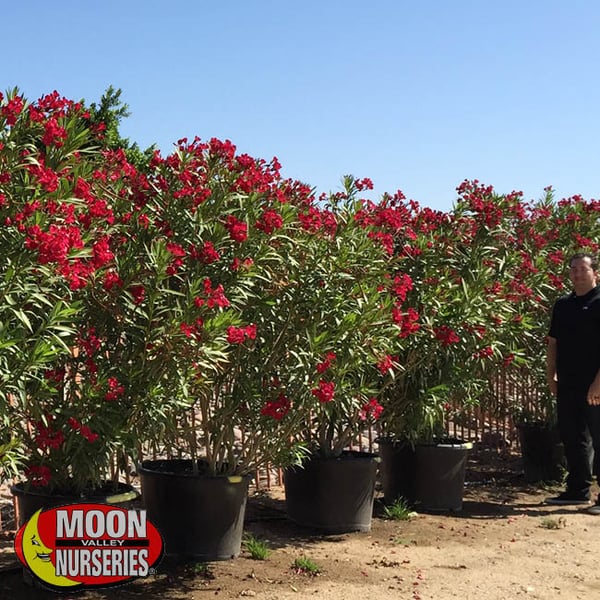 Recommended Trees and Plants for the Background Layer
Recommended Trees and Plants for the Background Layer
Ficus Columns
Ficus Columns, also known as the Hollywood Hedge, offer a dense "living wall" that never drops its leaves and stays green all year. A Ficus hedge will also act as a natural sound barrier so you can enjoy a quieter living space.
Oleanders
Oleanders look great in the background of a layered yard because they keep their leaves all year and produce colorful blooms from spring through fall. We carry pink, white, and red Oleander varieties in dwarf-form to fit different aesthetic needs (pictured above).
Midground Layer
The midground layer (or layers if you are adding more than three) features plants that should be from two to six feet, depending on the height of your back layer.
These plants are medium-to-large size shrubs, tropical shrubs, dwarf varieties, and smaller hedge material. This middle layer takes up the bulk of the landscape space and serves several functions by filling in the area.
Recommended Plants for the Midground Layer
Hibiscus
Hibiscus are medium-to-large-sized shrubs that will add beautiful, tropical colors along the middle of your design. These colors are even more dramatic because of the dark foliage, especially if they are planted in front of a background layer like the Hollywood Hedge (pictured above).
Yellow Bells
Yellow Bells are medium-to-large evergreen shrubs with bright yellow flowers that bloom off and on in spring and fall. This shrub will create a pop in your landscape when it produces its trumpet-shaped flowers.
Foreground Layer
The front layer features plants between the heights of one to two feet. The foreground is always designed with small shrubs, smaller tropical plants, and smaller annuals.
Plants placed in this layer can be planted in mass quantities and can be used to fill in larger spaces created by the midground layer. You can also allow these plants to spill out towards the front to flow into your ground cover.
Recommended Plants and Shrubs for the Foreground Layer
Coral Fountain
Coral Fountain is an excellent foreground option because of how much color it can bring to your landscape. This small-to-medium shrub produces bright coral trumpet-shaped flowers that bloom in waves throughout the year.
Everblooming Gardenia
The Everblooming Gardenia may look as delicate as the white flower they produce, but they are tough against the hot and cold months. This evergreen shrub will add gorgeous white blooms and a beautiful fragrance to the midground layer of your landscape (pictured above).
Ground Layer
The ground cover is the lowest layer of plants and turf that are no more than 12 inches off the ground. This area covers the soil and allows a natural buffer so you're not hugging the foundation with bigger plants or trees that can spill into the street or sidewalk.
The plants and turf used in this area should be selected for their compact growth and can be annuals, ground covers, and low perennials. This area can also provide protection between the foreground and the sidewalk/walkways/lawn.
Recommended Plants for the GROUND COVER Layer
Lantana
Lantana comes in many different colors, which makes them versatile for use in landscape design. No matter what the customer is trying to create, Lantana will fit in perfectly. Trailing Lantana grows low on the ground and spreads to every direction, filling in any empty space (pictured above).
Myoporum
Myoporum is a great option for ground cover when you are looking for something that is evergreen and spreads rapidly in the landscape. They love full sun exposure and even have small white blooms appear in the summer for a quick display of color.
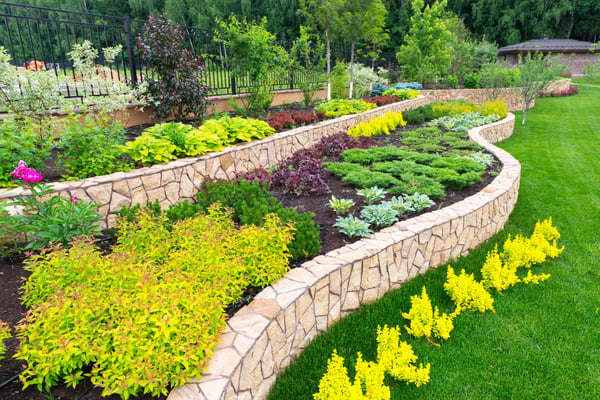
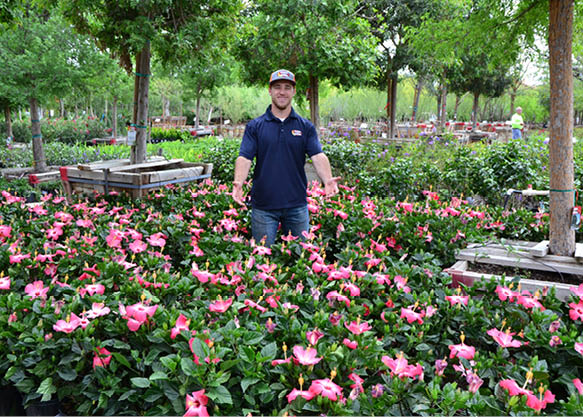
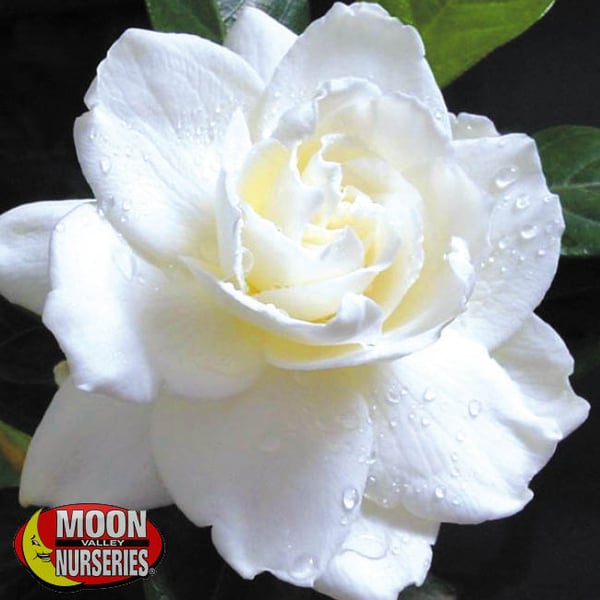
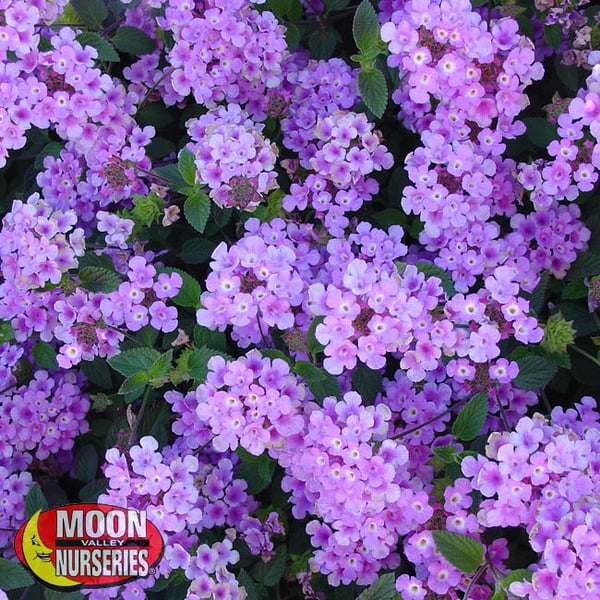

Submit a Comment